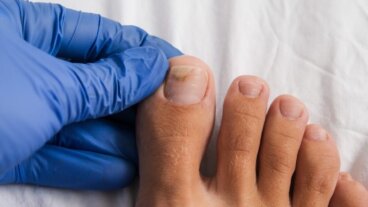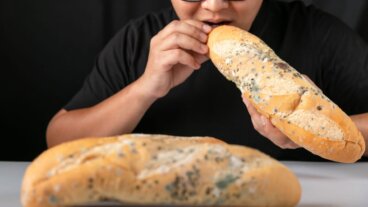Causes and Treatment of Pale or White Stools


Written and verified by the doctor Nelton Abdon Ramos Rojas
Your stools can provide information about the condition of your intestines and digestive system. A change in color could be a warning sign of an infection or a disease. For example, white stools are a clear sign that there’s a health problem.
Normally, stools vary from different shades of brown to even green or black. However, what should you do if your stools are white or pale?
Pale or white stools
When your stools are white or pale in color, it indicates you have a problem with your biliary system (the pancreas, liver, and gallbladder). In fact, the brown color of your stools comes from the bile salts your liver secretes.
If your stools are white, it means you have a liver infection that’s slowing down your production of bile or you have a bile duct obstruction. If this is the case, it means your digestive system is unable to properly absorb fat.
On the other hand, if your stools are light (yellow or gray) and oily, you may have a condition known as acholia.
It’s common to experience certain health problems during your lifetime. As time goes on, the changes can range from simple and temporary to worrying or even alarming.
You might like to read: Three Foods with Laxative Properties Against Constipation
Possible causes of white stools
White stools can be the consequence of several things, from the consumption of certain drugs, bad lifestyle habits, or diseases.
1. Medication
The consumption of certain medications can make your stools white. Some examples are antibiotics used to treat infection, such as tuberculosis, or intestinal problems, like diarrhea.
In addition, anti-inflammatory medications and oral contraceptive pills can cause white stools. Also, anabolic steroids can cause medication-induced hepatitis and trigger the production of white stools.
In these cases, the symptoms will usually disappear within a few weeks after you stop taking the medication.
2. Hepatitis
Hepatitis is inflammation of the liver. It’s usually caused by hepatitis viruses A, B, or C. Hepatitis C is the most dangerous and can be fatal.
One of the symptoms of hepatitis is pale or white-colored stools caused by a liver malfunction.
3. Alcoholic hepatitis
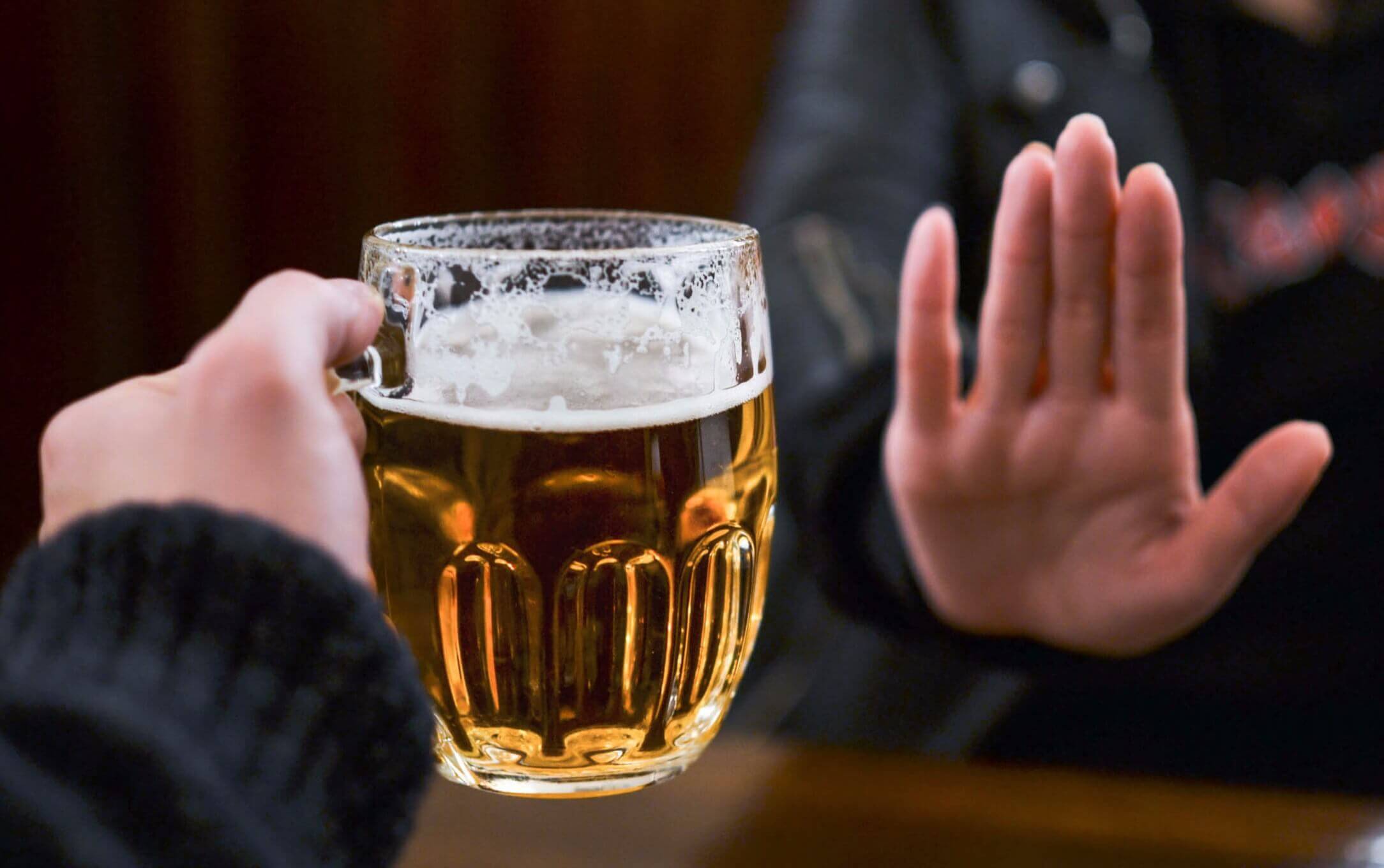
This disease is caused by excessive alcohol consumption. It manifests as liver inflammation. Its severity depends on how much alcohol you drink and for how long you’ve been drinking.
Symptoms include ascites, fatigue, swelling, hepatic encephalopathy, and jaundice. Hepatitis is one of the causes of white stools, and alcoholic or viral hepatitis can lead to cirrhosis.
4. Biliary cirrhosis
Biliary cirrhosis is irreversible liver disease in its terminal phase. It occurs when the cells in the liver cells are destroyed. This causes irritation and inflammation of the bile ducts of the liver.
As a consequence, the flow of bile stops, causing damage to the liver cells. Cirrhosis is the scarring that occurs as a result. One of the many effects of cirrhosis is white-colored stools.
5. Cancer
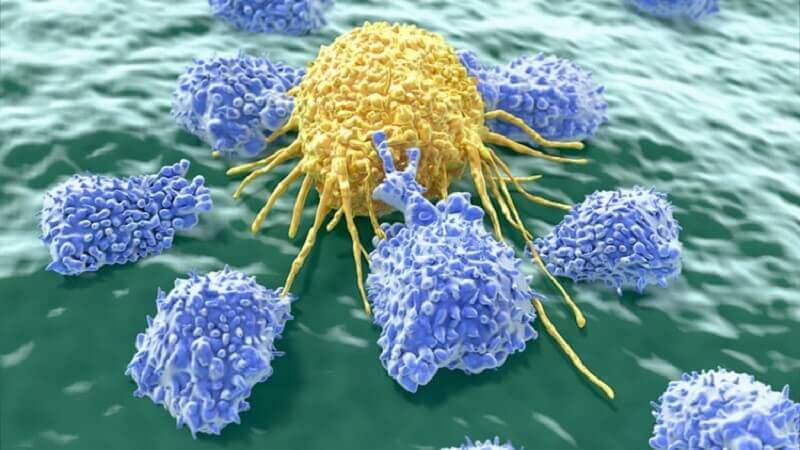
It causes fatigue because food isn’t digested fully and nutrients aren’t absorbed, resulting in possible malnutrition.
6. Gallstones
These are solidified waste in the gallbladder that eventually obstructs the flow of bile. The stones are made up of hardened cholesterol or bilirubin.
When gallstones are extremely large, they can block the bile ducts, which release bile to the intestines. This causes the stools to become pale.
If the gallstones are large and they don’t go away with treatment, surgery may be required to remove them.
7. Primary sclerosing cholangitis
Primary sclerosing cholangitis is a disease that inflames the bile ducts or causes scar tissue to form in them. This condition causes a decrease in bile flow, resulting in a lack of color in the stools.
This disease either requires medication or surgery.
8. Jaundice
Jaundice occurs due to the immaturity of the biochemical processes that transform bilirubin in the liver. It’s revealed in the yellowish coloration of the skin and mucous membranes and is accompanied by choluria when the urine is dark due to the presence of bilirubin and acholia and the stools are extremely pale. It’s extremely common in premature infants and lasts about two weeks after delivery.
9. Cholestasis
In this condition, the flow of bile slows or stops as a result of liver infection, gallstones, or cancer. Pruritis, dark urine and white stools appear.
To treat cholestasis, the underlying infection must be treated. This involves a suitable diet, medication, and in some cases, surgical intervention.
Diagnosis and treatment of white stools
The appearance of white stools is a serious condition that must be discussed quickly with a doctor. They can provide the correct treatment once they’ve identified the cause.
The following tests are required to obtain an accurate diagnosis:
- Blood tests. They’ll determine if there’s some sort of anomaly.
- CT scan. To generate imagery of the inside of the body
- Endoscopic retrograde cholangiopancreatography (ERCP). A special type of MRI that captures detailed images of the biliary system
- Abdominal ultrasound. To generate imagery of the organs and verify that everything is functioning normally.
- Liver function tests.
- Surgery. In extreme cases, surgery may be necessary to identify defects in the biliary tract
Once treated, the stools should return to their normal color. However, if the problem isn’t treatable, the stool won’t go back to its normal color and might require further treatment.
Causes of white stools in children and treatments
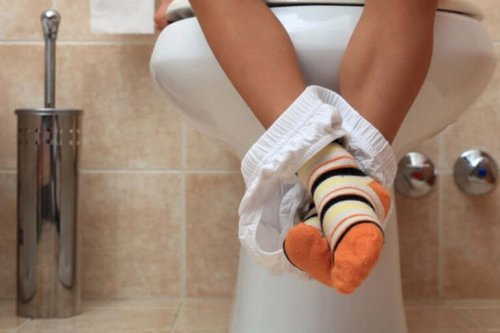
It’s always important to be aware of the bowel movements of your children because they can help you identify any health problems. White stools or diarrhea are common in children. They’re sometimes due to milk or other products that they don’t digest well.
If you have children, you should always be aware of the possible causes of white stools and be familiar with the most appropriate treatments. Of course, you should take your child to the doctor as soon as possible if you detect this symptom.
Find out more about the Causes of Chronic and Acute Diarrhea and Its Treatments
Causes of white stools in children
Any of these factors can cause this symptom:
- Hepatitis.
- The consumption of cold food.
- The quality, quantity, and make-up of what they eat.
- Poor absorption of food due to a parasite that might be damaging the intestines.
Treatment for white or pale stools in children
The first thing you should do if your child has this problem is to take them to the doctor. They’ll probably test their stools.
In these circumstances, the most important thing is to have them drink plenty of fluids to avoid dehydration. Children require a lot of water and mineral salts. Sometimes, germs cause white stools. If this is the case, antibiotic treatment may be necessary.
Finally, never administer anti-diarrheal medications that contain loperamide to your child without a prescription. The same recommendation goes for any other medication not prescribed by a doctor.
All cited sources were thoroughly reviewed by our team to ensure their quality, reliability, currency, and validity. The bibliography of this article was considered reliable and of academic or scientific accuracy.
- Almanza-Hurtado, A. J., Rodríguez-Yánez, T., Martínez-Ávila, M. C., Rodríguez-Blanco, J. D., & Imbeth-Acosta, P. L. (2021). Colangitis esclerosante primaria. Hepatología, 2(2), 325-340. https://revistahepatologia.org/index.php/hepa/article/view/38
- Artavia, A. L. E., León, M. V., & Webb, K. W. (2019). Colestasis intrahepática del embarazo. Revista Medica Sinergia, 4(6), 14-23. http://revistamedicasinergia.com/index.php/rms/article/view/196
- Carvajal, B. F. V., Iles, J. M. V., Pereira, M. G. R., & Rodriguez, L. J. V. (2021). Enfermedad de Caroli: revisión sistemática de la literatura. Revista colombiana de Gastroenterología, 36(2), 180-190. https://www.revistagastrocol.com/index.php/rcg/article/view/612
- García, D. S., Carbonell, M. J., Gracia, P. S., García, E. M., Juste, C. S., & Padilla, B. R. (2023). Fototerapia como tratamiento a la ictericia neonatal. Revista Sanitaria de Investigación, 4(1), 9. https://dialnet.unirioja.es/servlet/articulo?codigo=8806627
- Miño Bernal, J., López Morales, E., Jazmín Sandíno, N., & Molano Franco, D. (2022). Cirrosis hepática o falla hepática crónica agudizada: definición y clasificación. Repertorio de Medicina y Cirugía, 31(2). https://openurl.ebsco.com/EPDB%3Agcd%3A12%3A2388108/detailv2?sid=ebsco%3Aplink%3Ascholar&id=ebsco%3Agcd%3A158237419&crl=c
- Paucar, A. T., Alvarado, A. T., & Coronel, G. M. (2022). Ictericia Neonatal a Nivel de América Latina. FACSalud UNEMI, 6(10), 76-84. https://dialnet.unirioja.es/servlet/articulo?codigo=8920209
- Seoane, L. M., Salvador, J. O., Alba, A. B., & Fentes, D. P. (2024). Innovaciones tecnológicas en la litotricia de ondas de choque. Actas Urológicas Españolas, 48(1), 105-110. https://www.sciencedirect.com/science/article/pii/S0210480623001419
- Varela, C. Á., Cardona, J. L., de la Villa, J. V., & Guerrero, A. (2024). Colangiocarcinoma. Medicine-Programa de Formación Médica Continuada Acreditado, 14(9), 496-505. https://www.sciencedirect.com/science/article/pii/S0304541224001173
This text is provided for informational purposes only and does not replace consultation with a professional. If in doubt, consult your specialist.

